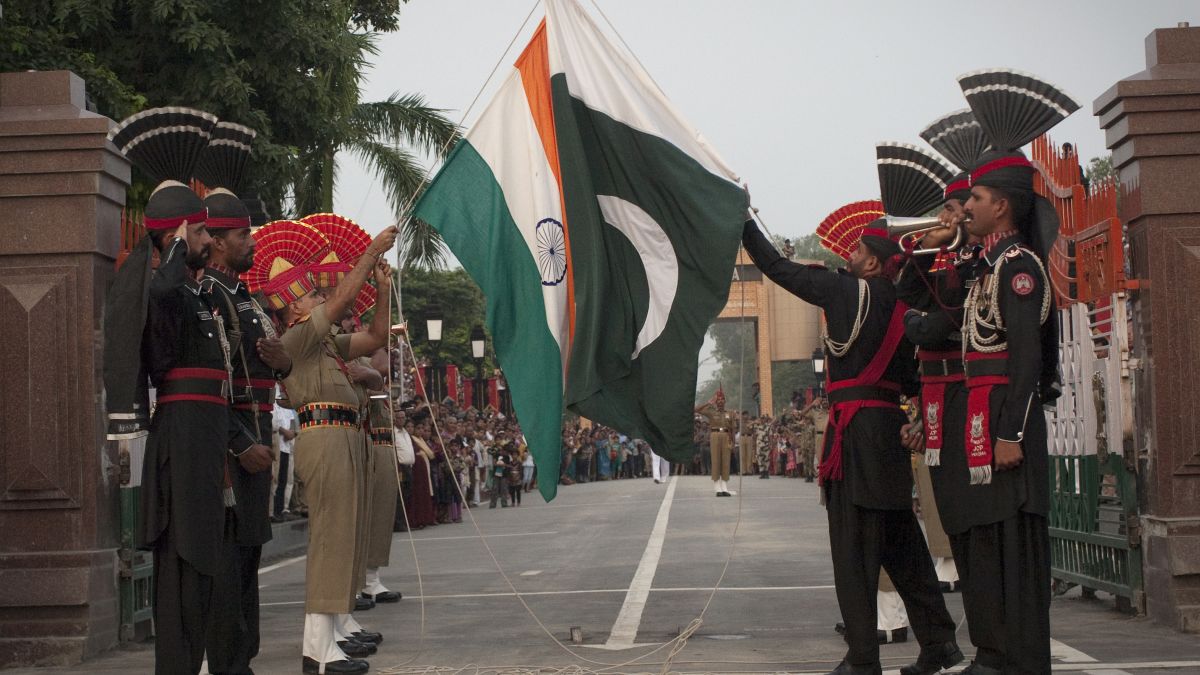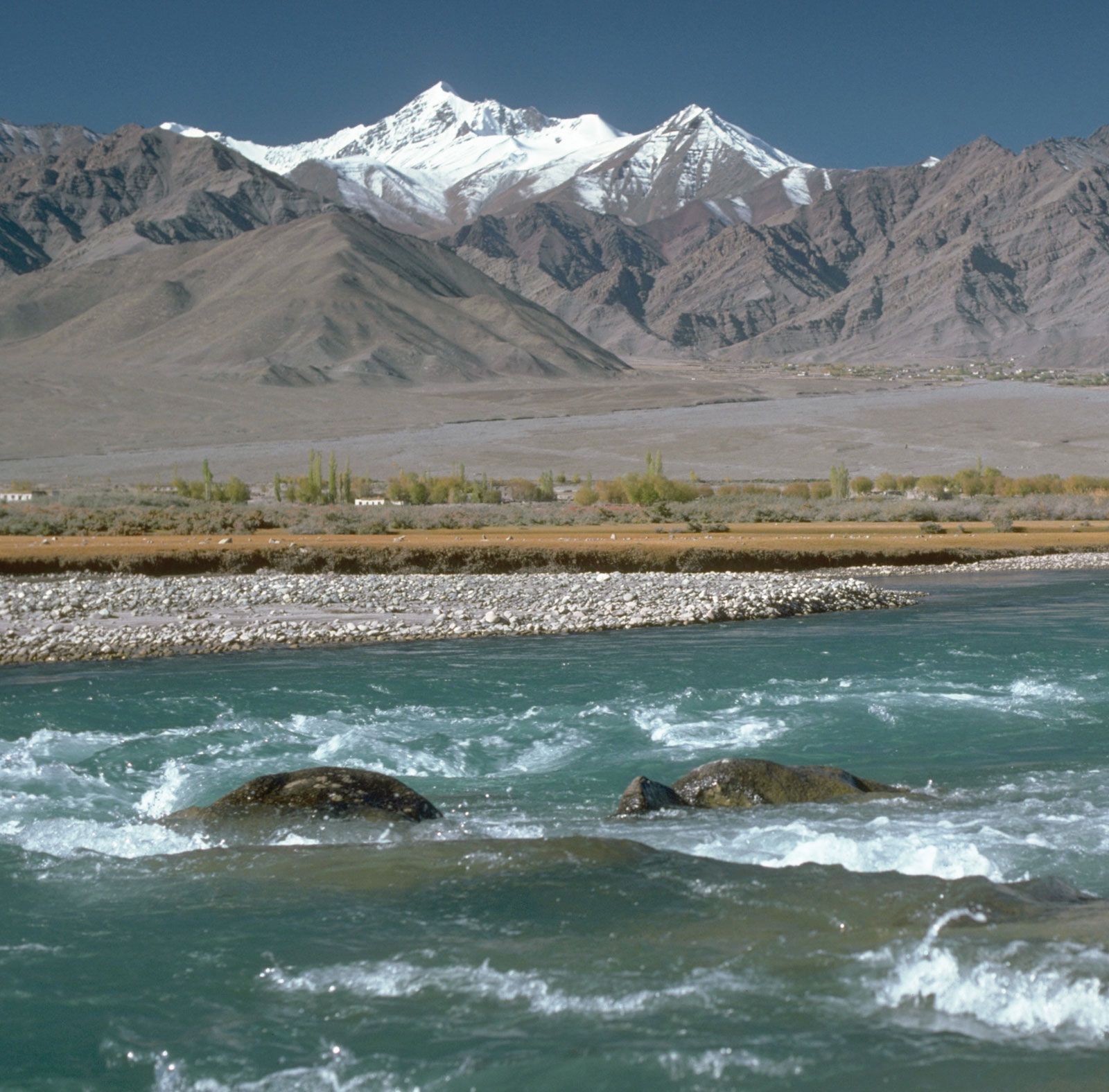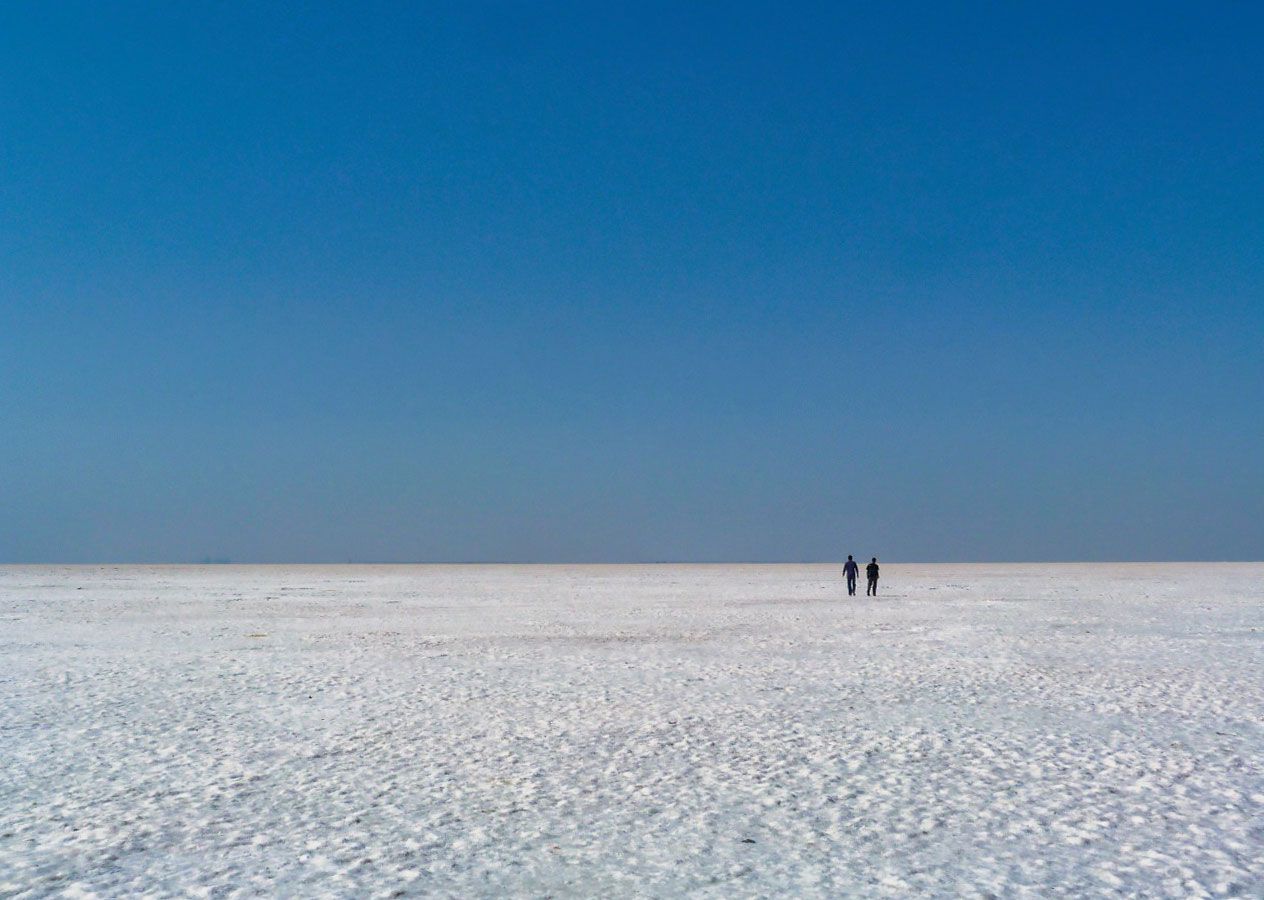What strikes you when you hear the word “border”? Is it just a line separating two countries or more than that? Borders worldwide are somehow contested, but in the South Asian context, it is complex, too. They range from open and porous borders (like the India-Nepal and India-Bhutan borders) to highly securitised and fenced borders (like the India-Pakistan border). The characteristics of post-colonial and post-partition states mark South Asia, which gives it a contentious history of armed conflict and territorial disputes resulting in regional instability.
There is a need to identify common ground for collaboration because border conflicts among South Asian nations remain unresolved.
There is a need to identify common ground for collaboration because border conflicts among South Asian nations remain unresolved. The assertion of claiming territory has been spiked through cartographic methods, fuelling the politics of insecurity in the region. South Asia is also a region of vast biodiversity with biodiversity hotspots (Himalaya, Sundaland, Western Ghats, Indo-Burma, Sri Lanka) fostering the vast indigenous biodiversity in a connected landscape linking ecological geography but with fragmented political borders.
Looking at the coordinated policy related to the borders, we can see a lack of discourses of environmental peace-making in South Asia. A concept like peace parks is gaining popularity because they can aid in both fostering peace and ecological preservation. Saleem H. Ali, in his book Peace Parks: Conservation and Conflict Resolution, analyses the role of the environmental peace-building narrative and mentions that the connections between resource depletion, ecological degradation, and conflict have frequently been the focus of environmentalists’ attention. In this spirit, any proposed remedies frequently alleviate the issue by enhancing the environment.
We can trace the history of peace parks from the foundation of Waterton Glacier Peace Park in the 1930s. Peace Parks are a particular Transboundary Protected Area (TBPA) type. IUCN defines Peace Parks as:
‘Parks for peace are TBPA formally dedicated to the protection and maintenance of biological diversity, natural and associated cultural resources, and the promotion of peace and cooperation.’
After the presence of armies, the rate of environmental pollution impacted the water system, as in the subzero climate, the biodegradation rate slows down. This will impact the whole Indus basin and river biodiversity.
Going through the definition of Peace Parks, apart from protecting and maintaining biological diversity, Peace Parks have a unique objective of promoting peace among States going for Transboundary Conservation. Here, the concept of peace parks is more applied to the region where we want to attain peace or where there is conflict and dispute or any kind of tension that hampers the region’s stability.
Potential peace parks: India-Pakistan
The relationship between India and Pakistan shares the burden of colonialism resulting in partition, which forms the basis of ever-lasting contention between the two countries over border and territorial claims. These claims resulted in four wars, i.e. 1947, 1965, 1971 and the 1999 Kargil War. This long history of armed conflict destabilises the whole region, restricting cooperation among countries. As many previous areas of cooperation have not resulted in the success of any agreement, a new area of cooperation should be explored which can form the basis of peace between India and Pakistan. Previously, in 1960, the Indus Water Treaty had been signed between India and Pakistan, mediated by World Bank.
India shares 3323 Km of border length with Pakistan; some of the borders are well agreed upon, and some are disputed, like the Line of Control (LoC). These borders provide scope for setting up Peace Parks. The most talked about region for peace park among scholars is Siachen. The Siachen glacier has become the site of a direct clash between the forces of India and Pakistan. Both sides have lost a lot of soldiers and resources due to the hostile environment of the world’s highest battlefield, located at an elevation of more than 22,000 feet.
The biggest non-polar glacier in the world, Siachen, marks the boundary between Pakistan and China in this part of the Himalayas and the Indian subcontinent. The environmental concern regarding the Siachen glacier is that one of the tributaries of the Indus, i.e. the Nubra River, emerges from there and then merges with the Shyok River, which finally merges into the Indus. After the presence of armies, the rate of environmental pollution impacted the water system, as in the subzero climate, the biodegradation rate slows down. This will impact the whole Indus basin and river biodiversity.
The region of Gilgit-Balitistan is well suited for a potential peace park or conservation and cooperation between India and Pakistan. The region can be used for maintaining the whole ecological integrity of the Karakoram range. Khunjerab National Park, which Pakistan administers, lies in the Hunza Valley, known for the unique Marco Polo Sheep. The Karakoram highway has now threatened the ecological integrity of the landscape, making the population of Marco Polo sheep vulnerable.
The Karakoram highway has now threatened the ecological integrity of the landscape, making the population of Marco Polo sheep vulnerable.
Rann of Kutch and Sir Creek can be a possible option to explore for Peace Parks as both sides disagree on the boundary in the area. Setting a peace park can provide a better opportunity for conservation and a place for ecotourism and also help in coordinated estuary management. The international border extends south along the borders of Gujarat and Sindh. The saline marshlands and dark tidal mudflats of the Rann of Kutch are where it reaches the shore.
Flamingos and wild donkeys practically outnumber the locals in this sparsely inhabited region. The Sir Creek issue is a prime example of the border concerns of South Asian governments, the gloomy consequences of colonial mapping, the lack of trust that stymies collaboration, and the disruptive impact of the military on border inhabitants’ livelihoods. Both nations frequently detain fishermen who unintentionally cross contentious boundaries.
Peace parks: where ecology meets international relations
All the South Asian Countries have ratified or accepted UNESCO World Heritage Convention (Pakistan ratified in 1976, and India ratified in 1977) for the protection and conservation of places of natural importance. In such a situation, it becomes necessary that all the nations come together to protect the places of natural significance. Because even though the lines are drawn between two countries as political boundaries, South Asia is considered as one eco geographic zone.
While solving the issues related to the border, we should remember that being a part of the same ecogeographic zone, we should also make the environmental peace-making approach a part of our border policy. Options such as Transboundary Conservation and Peace Park provide us with similar environmental peace-making measures that can improve mutual relations between two or more countries, bring stability to the entire region and ensure shared prosperity to the region.







